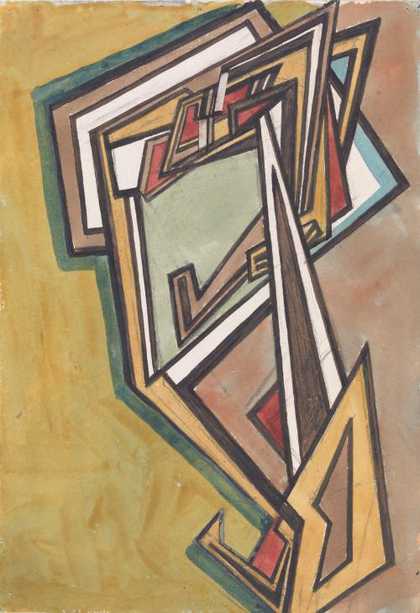Explore an avant-garde art movement that emerged in London in 1914
At the heart of the whirlpool is a great silent place where all the energy is concentrated. And there, at the point of concentration, is the Vorticist.
Wyndham Lewis,1914
Vorticism was an avant-garde art movement that emerged in London in June 1914. Its aim was to create a new type of art for a changing, modern world.
The self-proclaimed leader was painter and writer Percy Wyndham Lewis. He publicly launched the movement through his radical journal Blast. The name Vorticism had been coined by the North American poet Ezra Pound. It is based on his idea of ‘the vortex’ as ‘the point of maximum energy’.
Vorticism celebrated the energy of modern life. This included the machine age and the fast-paced instability of city life. While the Vorticists identified with other modernist movements of the time, they argued that they had moved beyond them. The futurists, who admired the achievements of modern technology were attacked for their romantic attachment to speed and movement. Cubist artists broke traditional perspective into multiple viewpoints. But they were seen as too restricted to the trivial and domestic subject of the still life.
The first issue of Blast appeared in the last days of peace before the outbreak of the First World War. One of the artists, Henri Gaudier-Brzeska, was killed in the ensuing conflict. The war brought with it massive social and political upheaval. Vorticism couldn't compete and the movement barely lasted to the end of war.

